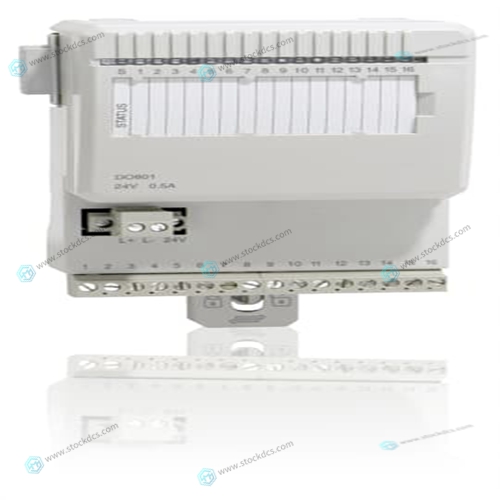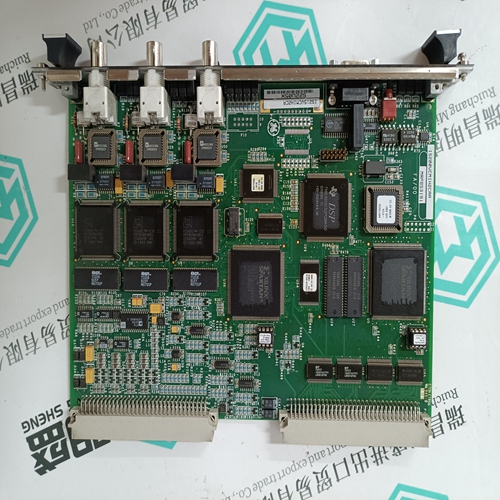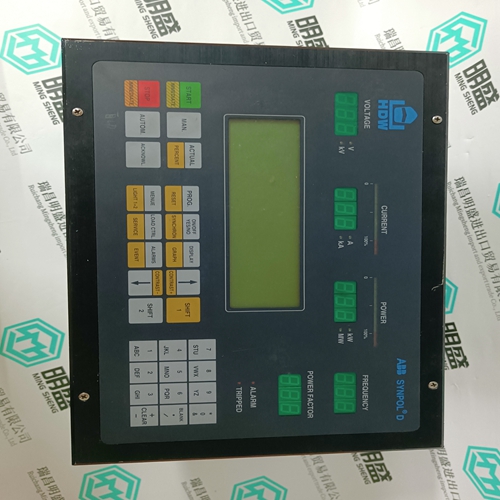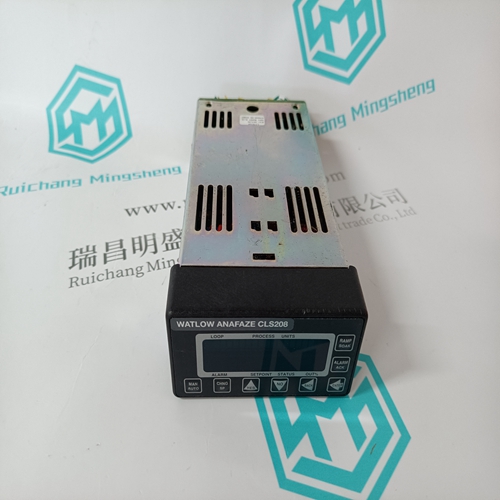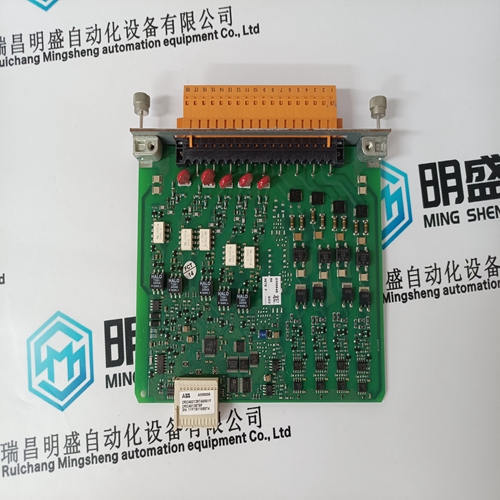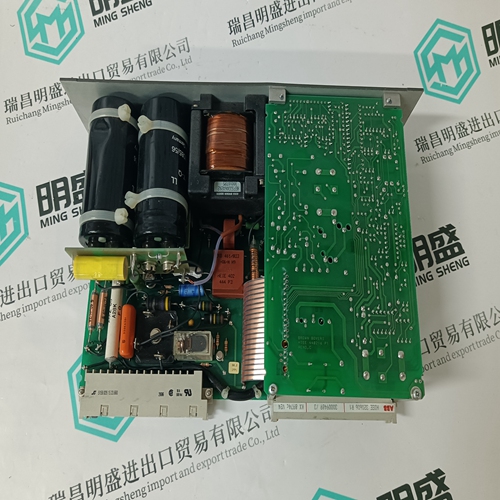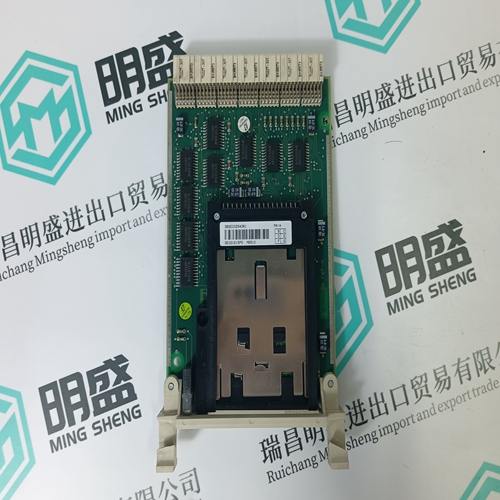Home > Product > DCS control system > ABB DO801 3BSE020510R1 Digital Output 24V 16 ch
ABB DO801 3BSE020510R1 Digital Output 24V 16 ch
- Product ID: DO801 3BSE020510R1
- Brand: ABB
- Place of origin: The Swiss
- Goods status: new/used
- Delivery date: stock
- The quality assurance period: 365 days
- Phone/WhatsApp/WeChat:+86 15270269218
- Email:stodcdcs@gmail.com
- Tags:ABBDO8013BSE020510R1Digital Output 24V 16 ch
- Get the latest price:Click to consult
ABB DO801 3BSE020510R1 Digital Output 24V 16 ch
This mode is the same as the Velocity Mode Analog Command except that the command input comes from the Incremental Command inputs on J2-17 through J2-20. The frequency on these input terminals is the variable DigitalCmdFreq and is substituted for the AnalogIn input to the CmdGain scaling. The units on CmdGain are kRPM/kHz. Motor Velocity[kRPM] = EncFreq[kHz]*CmdGain[kRPM/kHz]
Velocity Mode - Serial Command
This mode is the same as the Velocity Mode Analog Command except that the command input is the value of Velocity Command (VelCmd) set over the serial port. Note that VelCmd is a non-volatile parameter and when the PC830 servo powers up in this mode the initial value of the velocity command is this non-volatile value. Changing VelCmd over the serial port then sets a new volatile velocity command. Changing the non-volatile velocity command requires the additional step of issuing the NVSave command.
Torque Mode - Analog Command
This mode allows the differential analog voltage between terminals J2-1 and J2-2 to set the motor’s current. Since torque command = Current command (Icmd) *Kteff, controlling current is equivalent to controlling torque. The analog input directly controls motor shaft torque. The output current amplitude in amps per input volt, is set by the CmdGain parameter directly in Amp/V and should be set by the user to the desired value. Procedure 1. Select the Torque Mode - Analog Command from the Mode of Operation dropdown list box. 2. Set CmdGain to the desired value.





Brand display
ABB、GE/FUANC、FOXBORO、TRICONEX 、BENTLY、A-B、EMERSON 、MOTOROLA、XYVOM、HONEYWELL 、REXROTH、KUKA、NI、DEIF、Yokogawa、WOODWARD、Reliance Electric、SCHNEIDER 、MOOG、PROSOFT、KOLLMORGEN、ICS TRIPLEX、HIMA
This article from the temporal Ming sheng automation equipment co., LTD., reproduced please attach this link: http://www.stockdcs.com/
